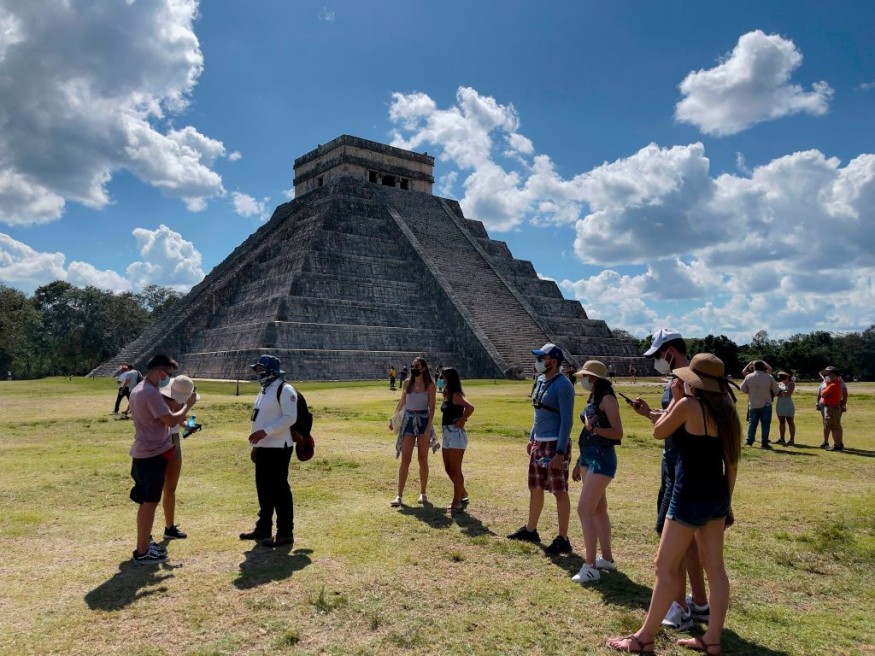The Maya civilization during a pre-Columbia Mesoamerica was known as a beacon of advanced and sophisticated society of its time. It is known for excelling in the areas of art, architecture, mathematics, astronomical system, writing system, and the famously known Maya calendar, which is still being used in modern communities in Mexico and Guatemala.
For centuries, the downfall of the Mayans has been a subject of academic contestations involving archaeologists, historians, and even laymen; with the center of the heated debate pointing out the main cause of their collapse. In modern times, scholars have reportedly provided a variety of potential reasons, including environmental degradation, drought, famine, overpopulation, and warfare.

While anthropogenic or human-caused factors have been the main element causing the Maya civilization collapse, there is growing evidence which suggests that these factors are only triggered by environmental causes. Now, a new archaeological study reveals that a prolonged drought was responsible for initial downfall of Mayapa, the capital city of the Mesoamerican civilization.
The new study used an advanced form of carbon dating technology, revealing details not mentioned or written in history. In light of the new discovery, authors of the new research highlight the impact of climate change not only to ancient civilizations but also to modern societies.
Mayapa Collapse

Details of the about the collapse of the ancient Mayan capital was published in the journal Nature Communications on July 19, where researchers from the United States and the United Kingdom revisited the collapse of Mayapa, which was long thought to be caused by civil conflict and political disintegration.
With the help of Marilyn Masson, an archaeologist from the University of Albany in New York, the research team was able to find that an extensive drought struck the capital 50 to 100 earlier than the historically-projected mid-15th century collapse.
Historical records show the Mayapa crumble occurred approximately between 1441 and 1461, a period when people abandoned the city after a rival political faction, the Xiu, massacred the ruling, powerful Cocom family.
Despite anecdotal and archaeological evidence, the unknown drought discovered by the new study suggests that the natural phenomenon could have set the stage for the civil and political collapse of Mayapa.
Also Read: Hurricanes Did Not Doom Mayan Civilization
Environmental Factors
The team arrived at their potential conclusion after studying historical documents for incidents of violence and examination of human remains across the city, where some of them were found in shallow mass graves. There is also reported evidence of a brutal massacre at monumental structures across Mayapa.
David Kennett, the lead author of the study from the University of California Santa Barbara, used an accelerator mass spectrometry to date the skeletons, which revealed they belong to a time before the actual downfall of the Mayan capital, as summarized by Phys.org.
Kennett, Masson, and other authors of the study reportedly emphasize the relevance of their discovery in today's time, since the world is grappling with a future of increased climate change, linking a societal collapse is also possible.
Related Article: Mayan Civilization Crumbled, Was Water the Cause?
© 2025 NatureWorldNews.com All rights reserved. Do not reproduce without permission.





